After today’s storm, I took this photograph of loblolly pine needles capped by water droplets along Piney Woods Church Road.
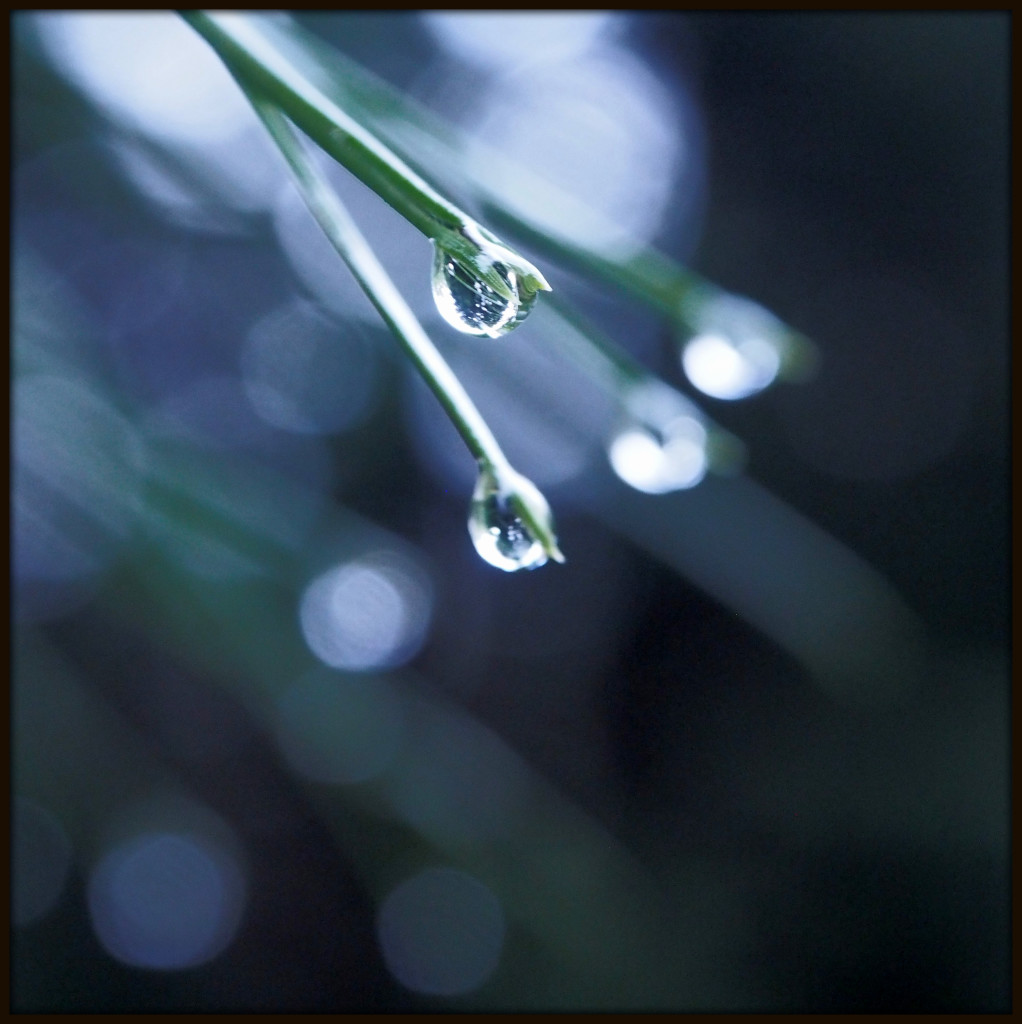
After today’s storm, I took this photograph of loblolly pine needles capped by water droplets along Piney Woods Church Road.

Under gray skies and light drizzle, I made my way down Piney Woods Church Road this morning. I noticed quite a few leaves, and small pine branches, that had fallen overnight, including this stunning sassafras leaf. It reminds me that autumn is approaching, although a heat wave is due to strike us first, with temperatures in the mid-90s for the next week or so. I much prefer the crisp blue-sky days of mid-fall.
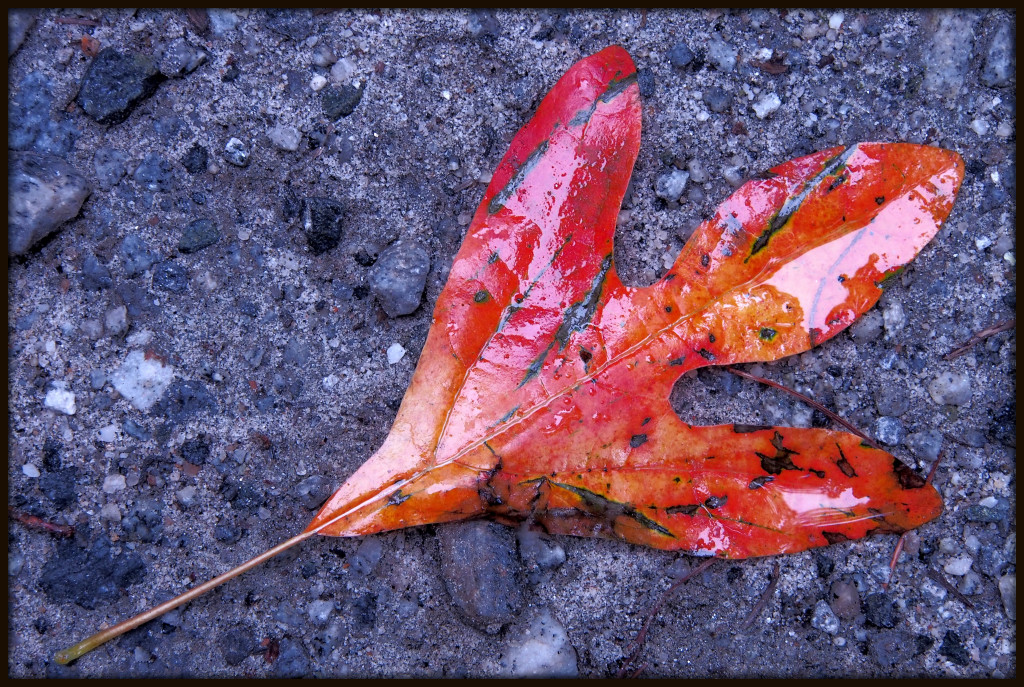
This morning, my peripatetic brother sent me a slide show of alpine and subalpine wildflowers he saw on a series of hikes high in the Wasatch Mountains east of Salt Lake City, Utah. Across my screen flashed showy flower heads in a dazzling array of colors, from violet and magenta to brilliant blues and yellows, bearing bold names like Elephant’s Head and Sky Pilot.
There is nothing like that blooming along Piney Woods Church Road right now, and I can’t help from feeling a bit envious. There are still a few bedraggled Daisy Fleabanes, and a scattering of tired Horse Nettles. And then there is the lowly Partridge Pea (Chamaecrista fasciculata), a plant with leaves evocative of the Mimosa tree that bears tiny yellow flowers a few millimeters across, which blossom out of its axils (the angle where the leaf meets the main stem) — roughly akin to humans sprouting flowers out of their armpits. The tiny flower hides itself well, and I had to get down on the dirt and gravel just to photograph one. What this plant loses in showiness, though, I suppose it makes up in sheer variety of common names: sleeping plant, prairie partridge pea, showy partridge pea, prairie senna, large-flowered sensitive-pea, dwarf cassia, partridge pea senna, locust weed, and golden cassia. Plus, according to the USDA, it bears a seed crop that is eaten by many wild animals, from bobwhites to mallard ducks. The plant also provides nectar (from glands at the base of each leaf, not from the flower) that provides a food source for bees in places where other flowering plants may be scarce. And the Common Sulfur Butterfly lays its eggs on the Partridge Pea’s leaves, so that the caterpillar larvae can feed on them. Partridge Pea is often planted for erosion control or as an ornamental. And since the plant is a legume, it also helps improve soil fertility by fixing nitrogen that other plants need.
Maybe it isn’t so lowly, after all.
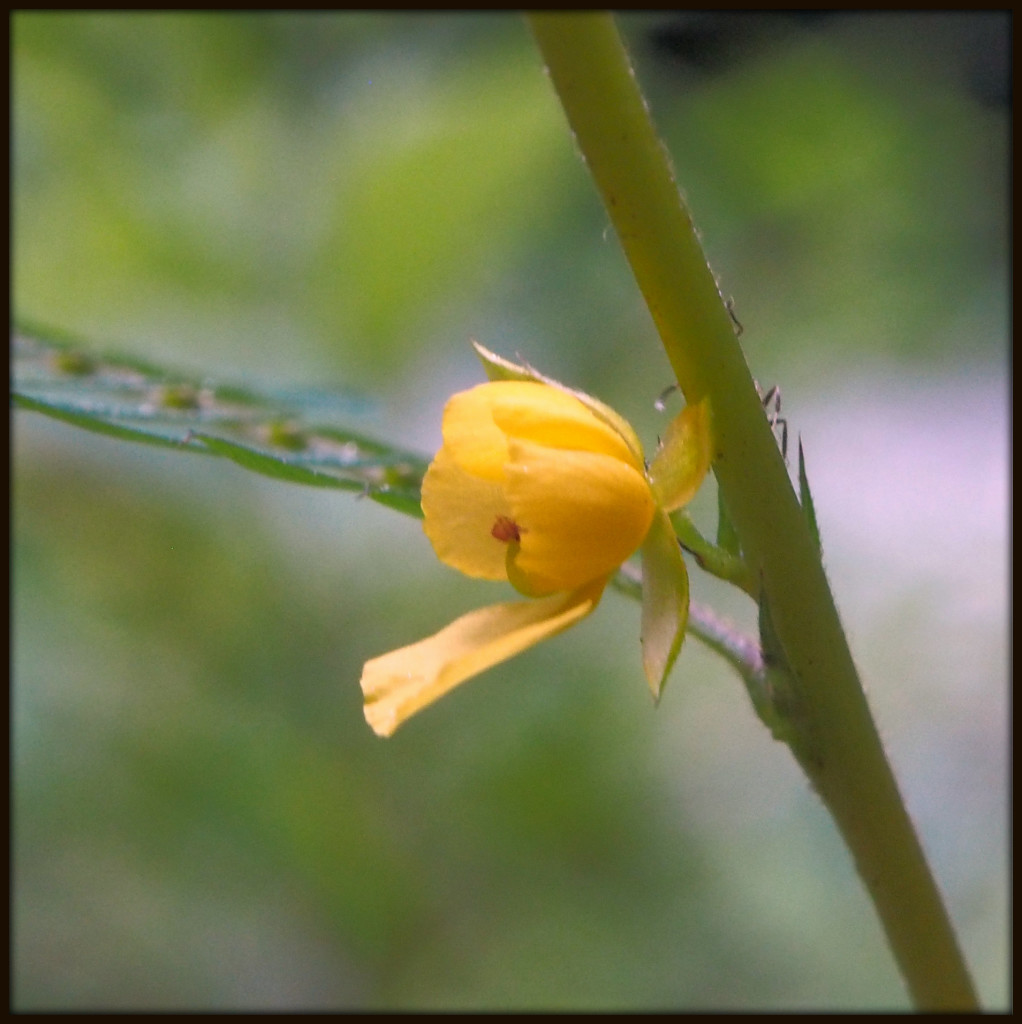
It was another incredibly muggy, rather gray afternoon in the midst of the August dog days, and I languidly and drippingly made my way down Piney Woods Church Road. I was not expecting drama or excitement, but was hoping not to fall back on another image of a leaf illuminated by the Sun (assuming sufficient sunlight in the first place) or a second day photographing a caterpillar that looks like bird poop. I was delighted to find a black winged insect with a yellow-and-black striped body dashing about, pollinating a nondescript low shrub with clusters of small white flowers along the roadside. (The shrubby plant was later identified as Pycnanthemum incanum, Hoary Mountainmint or White Horsemint.) I enthusiastically took many photographs, settling on the three below as I fell short of “the perfect photo” of the creature. Having guessed a few weeks ago that an insect was a wasp only to find out it was, in fact, a hover fly (see “Party Time at the Cleyera” for that story), I naturally assumed it was a hover fly again. Someone at Facebook’s Bug Guide kindly set me right. This time, I had a pair of solitary wasps in my sights: Monobia quadridens, a species of potter’s wasp that feeds on a mixed diet of caterpillars and pollen (top photo); and Scolia bicincta, the Double-Banded Scoliid Wasp (bottom two photos, which feeds on nectar and lays its eggs on immobilized scarab beetle grubs.


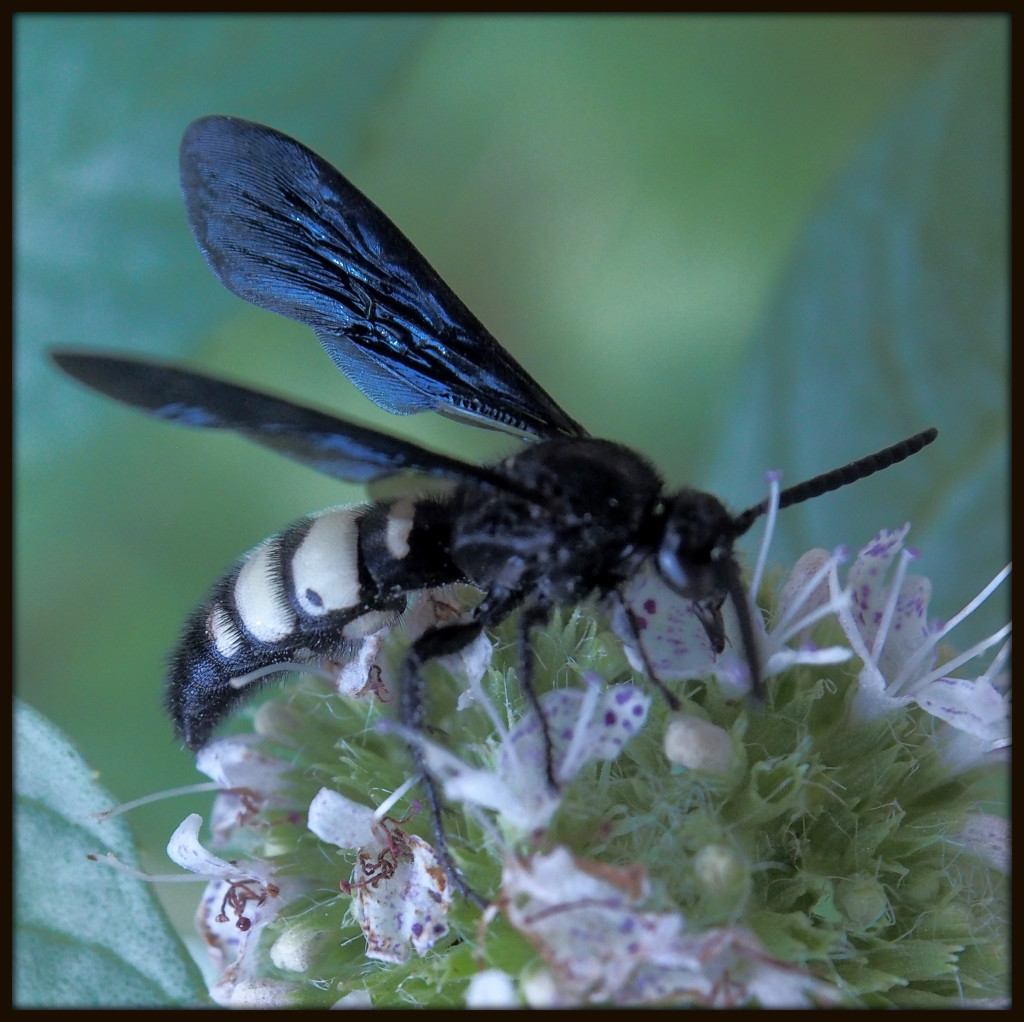
I set out on a humid morning, after the fog had lifted and shortly before the heat descended. After so many dry afternoons I was drawn ineluctably to drops of water, minute suspended temporary worlds. My favorite photograph is of this single water droplet, hanging from the tip of a sweetgum leaf.
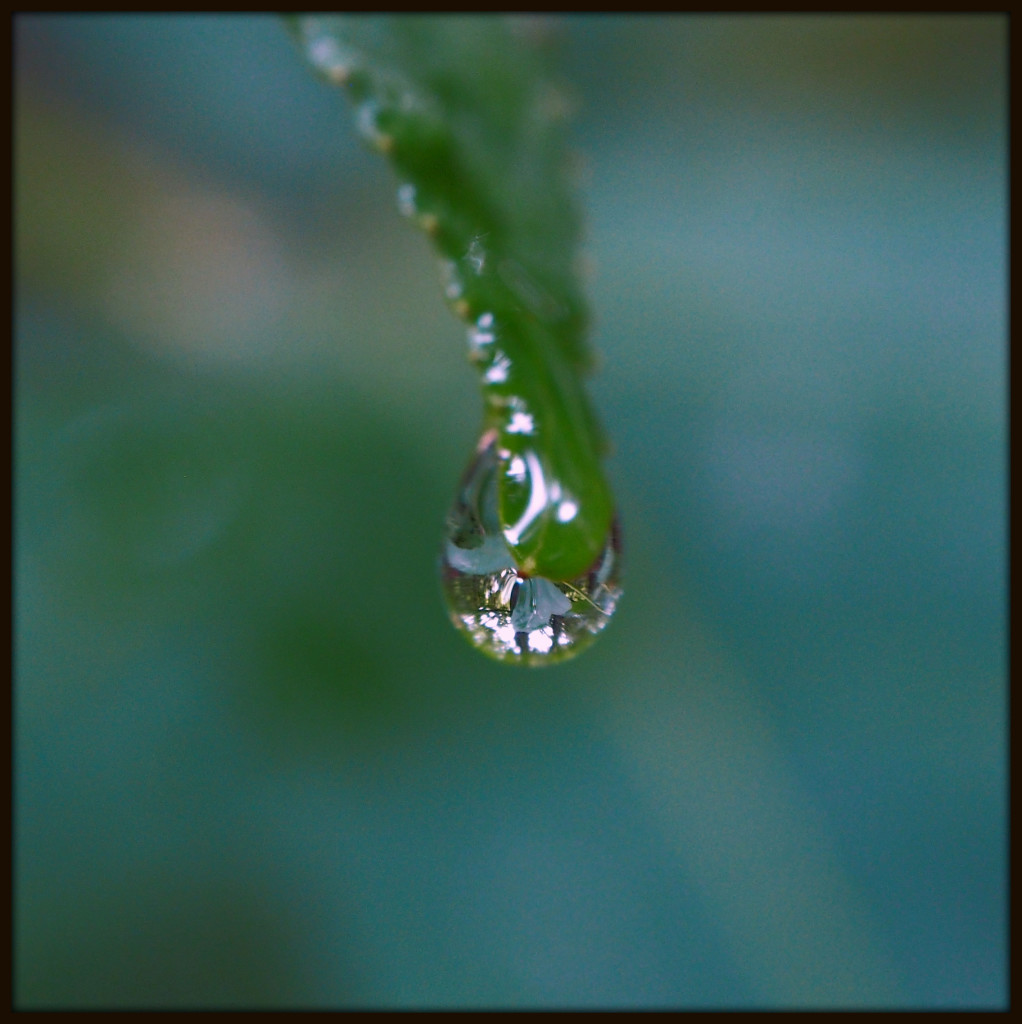
A morning photograph of a greenbrier leaf and stem along Piney Woods Church Road. I see greenbrier everywhere and every day I walk the road, yet it still offers me lovely photographic possibilities in the early and late-day light.

Sunlight sifts through the forest trees, making its way to the space between the edges of a tulip poplar leaf, somewhere down Piney Woods Church Road….
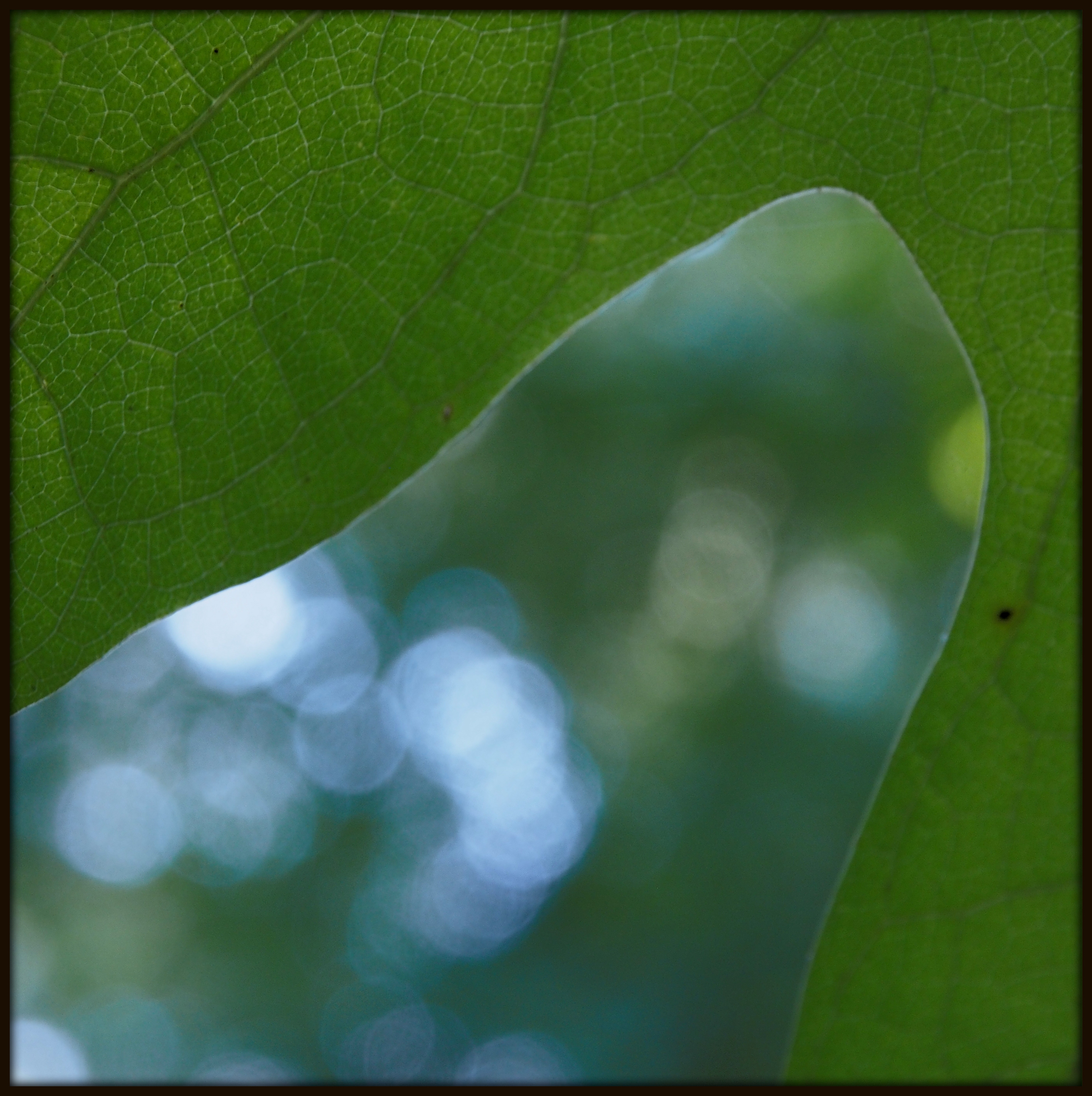
An unusually elongated sassafras leaf in brilliant colors demands my attention as I walk down Piney Woods Church Road. I am reminded of satellite images of the Earth from space, or a map to an imaginary world.
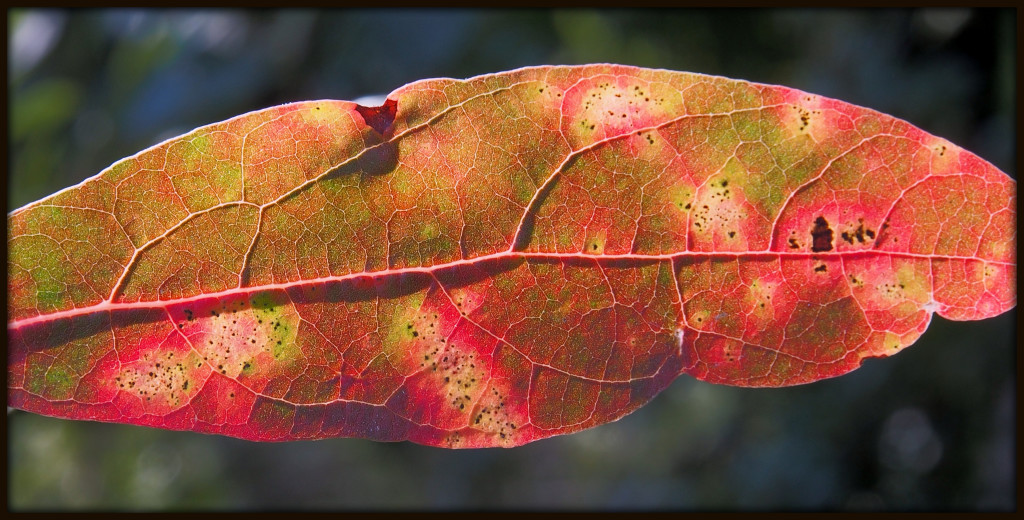
“Say can I have some of your purple berries?”
“Yes, I’ve been eating them
For six or seven weeks now; haven’t got sick once.”
“Probably keep us both alive.”
— Wooden Ships, Crosby/Stills/Nash —
The sassafras trees (Sassafras albidum) along Piney Woods Church Road bear bright bluish-purple berries now. I pull one off and crush it between my fingers. It is mostly seed, with a thin layer of pulp that has a fresh, invigorating scent, reminiscent of sassafras tea. Later, at home, I pore over field guides and search the internet for information on the berries. I find that they are beloved of many bird species, but none of my edible wild plant guides inform me whether or not they are safe to eat. It would take quite a few to satisfy a hunger, of course, but I relish wild flavors, a bit like Thoreau with his love of wild apples. Maybe tomorrow I will try one. I doubt they are harmful, given that sassafras twigs can be chewed and roots steeped for tea.

On a cloudy, windy afternoon, I discovered another new flower blooming: a single whirl of four yellow petals, forming a cross atop a low shrub with oval leaves. The plant is almost certainly Saint Andrew’s Cross (Hypericum hypericoides), native to the Southeastern United States.
